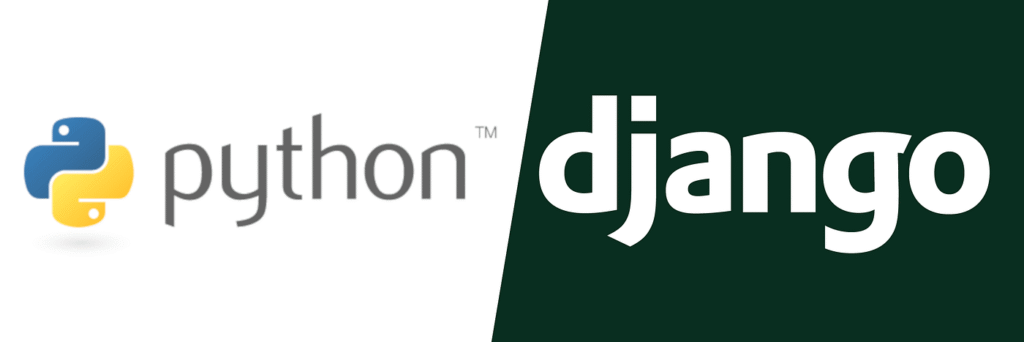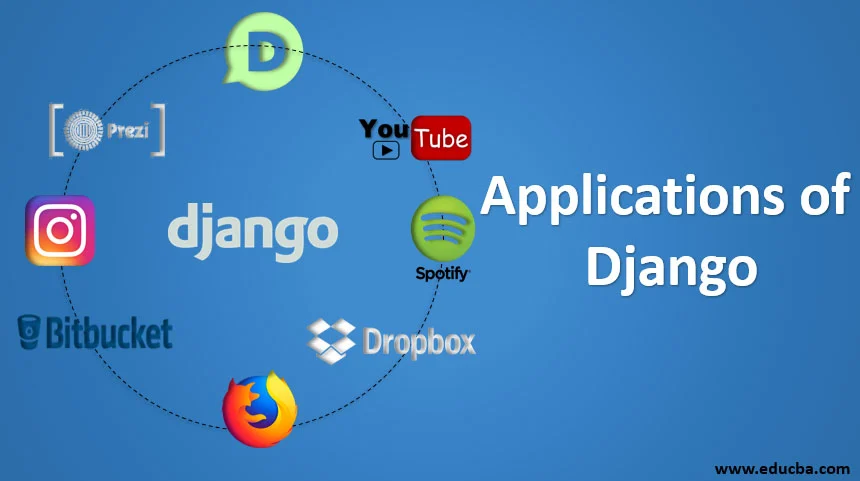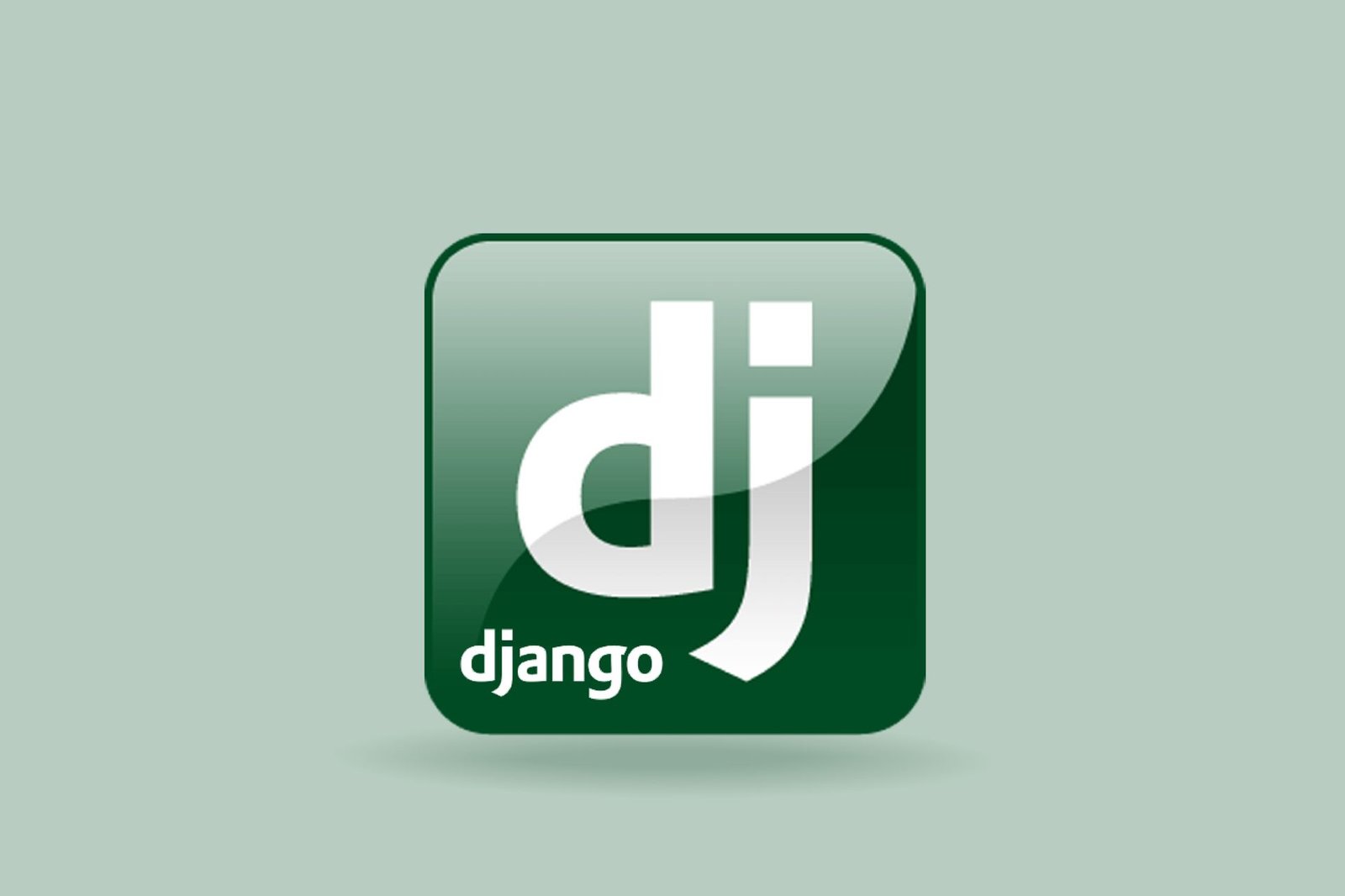Django is a high-level, open-source web framework built using the Python programming language. It is designed to help developers build web applications quickly and efficiently by following the “Don’t Repeat Yourself” (DRY) principle. Django emphasizes rapid development, scalability, and security, and is known for its simplicity and clean design.

Key Features of Django:
- MTV Architecture (Model-Template-View):
- Model: Represents the data structure and interacts with the database.
- Template: Defines the user interface, i.e., the HTML, CSS, and JavaScript.
- View: Handles user requests, processes them, and returns the appropriate response.
- Built-in Admin Interface: Django provides a powerful built-in admin panel that makes it easy for developers to manage application data directly from a web interface.
- ORM (Object-Relational Mapping): Django uses an ORM to convert database data into Python objects, allowing developers to interact with the database without writing SQL queries.
- Security Features: Django is designed with security in mind. It includes built-in protections against common web attacks such as:
- SQL injection
- Cross-Site Scripting (XSS)
- Cross-Site Request Forgery (CSRF)
- Secure password storage
- URL Routing: Django provides a system for clean, readable URL patterns that are mapped to specific views. This makes it easier to manage web application routes.
- Scalability: Django is highly scalable, meaning it can efficiently handle applications with increasing amounts of data or traffic. It’s built to scale from simple applications to large-scale, complex systems.
- Reusability: Django encourages the reuse of components. Developers can create modular apps that can be easily reused across different projects.
- Batteries-Included: Django follows the “batteries-included” philosophy, meaning it comes with a lot of built-in functionality, so developers don’t have to rely heavily on third-party libraries. This includes:
- User authentication
- Form handling
- URL routing
- Database interaction
- Email handling
- Admin interface
- Extensive Documentation: Django is well-documented, making it accessible for developers at all levels, from beginners to experts.
Use Cases of Django:
- Content Management Systems (CMS)
- E-commerce Websites
- Social Media Platforms
- News Websites
- Educational Platforms
- Real-time Applications (like chat apps)
- APIs (using Django Rest Framework)
Conclusion:
Django is a powerful, secure, and user-friendly framework that helps developers build web applications quickly and efficiently. Its “batteries-included” approach and built-in features make it an excellent choice for both small and large-scale projects. It’s especially known for its emphasis on rapid development and clean,
reusable code.

1. Content Management Systems (CMS)
Django is commonly used to build Content Management Systems (CMS) where users can create, manage, and publish content without needing advanced technical knowledge. Its built-in admin panel makes it easy to manage content.
- Example: Wagtail, Mezzanine — These are Django-based CMS platforms.
2. E-commerce Websites
Django is a popular choice for building e-commerce websites that allow users to browse products, add items to their carts, and complete transactions. Django’s built-in security features and scalability make it ideal for such applications.
- Example: Saleor — A Django-based e-commerce platform.
3. Social Media Platforms
Django can be used to build social media websites where users can interact with each other, post content, like/share posts, and send messages. Django’s user authentication and database management make it suitable for handling these complex features.
- Example: Instagram — The initial version of Instagram used Django.
4. News Websites and Blogs
Django is great for building news websites and blogs, where content is regularly updated and organized. Django’s templating engine and ORM (Object-Relational Mapping) help developers efficiently manage dynamic content and integrate with databases.
- Example: The Washington Post — A part of their website was built with Django.
5. Educational Platforms
Django is used to create online learning platforms, course management systems, and other educational websites. It supports features like user registration, course creation, grading systems, and certificates.
- Example: Open edX — An open-source educational platform built using Django.
6. Healthcare Applications
Django is suitable for building healthcare applications where sensitive medical data such as patient records, appointments, prescriptions, and billing can be managed securely.
- Example: Medici — A Django-based healthcare platform.
7. Financial and Banking Applications
Django is used to build financial applications, such as banking systems, financial reports, and online payment systems, due to its strong security features, scalability, and reliability.
- Example: Kiva — A micro-lending platform built using Django.
8. Real-Time Applications
Django, when paired with Django Channels, can be used to build real-time applications like chat apps, live notifications, or live updates on web pages.
- Example: Disqus — A real-time commenting system built with Django.
9. RESTful APIs
Django is widely used to build RESTful APIs, especially using Django Rest Framework (DRF), which allows developers to create APIs that interact with mobile apps, other web apps, or third-party services.
- Example: GIPHY — An API for GIFs, built with Django Rest Framework.
10. Job Portals
Django is often used to build job portals or recruitment platforms, where employers can post job listings, and job seekers can search for and apply to jobs.
- Example: Indeed — A job portal that uses Django.
11. Government Websites
Django is used by many government organizations to build secure, scalable, and maintainable government portals that manage large amounts of data and public services.
- Example: Data.gov.uk — A platform for UK government data, built with Django.
12. Data Analysis and Visualization Tools
Django can be used to create data analysis tools or data visualization platforms, where data can be dynamically displayed using charts, graphs, and other visual elements.
- Example: NASA and The Guardian have used Django to create interactive data visualization tools.
Conclusion:
Django is a powerful, flexible, and scalable web framework that can be used for a wide range of applications, from simple websites to complex enterprise-level systems. It is particularly well-suited for building secure, scalable, and maintainable web applications, and is used across various industries, including e-commerce, healthcare, education, finance, social networking, and more.



